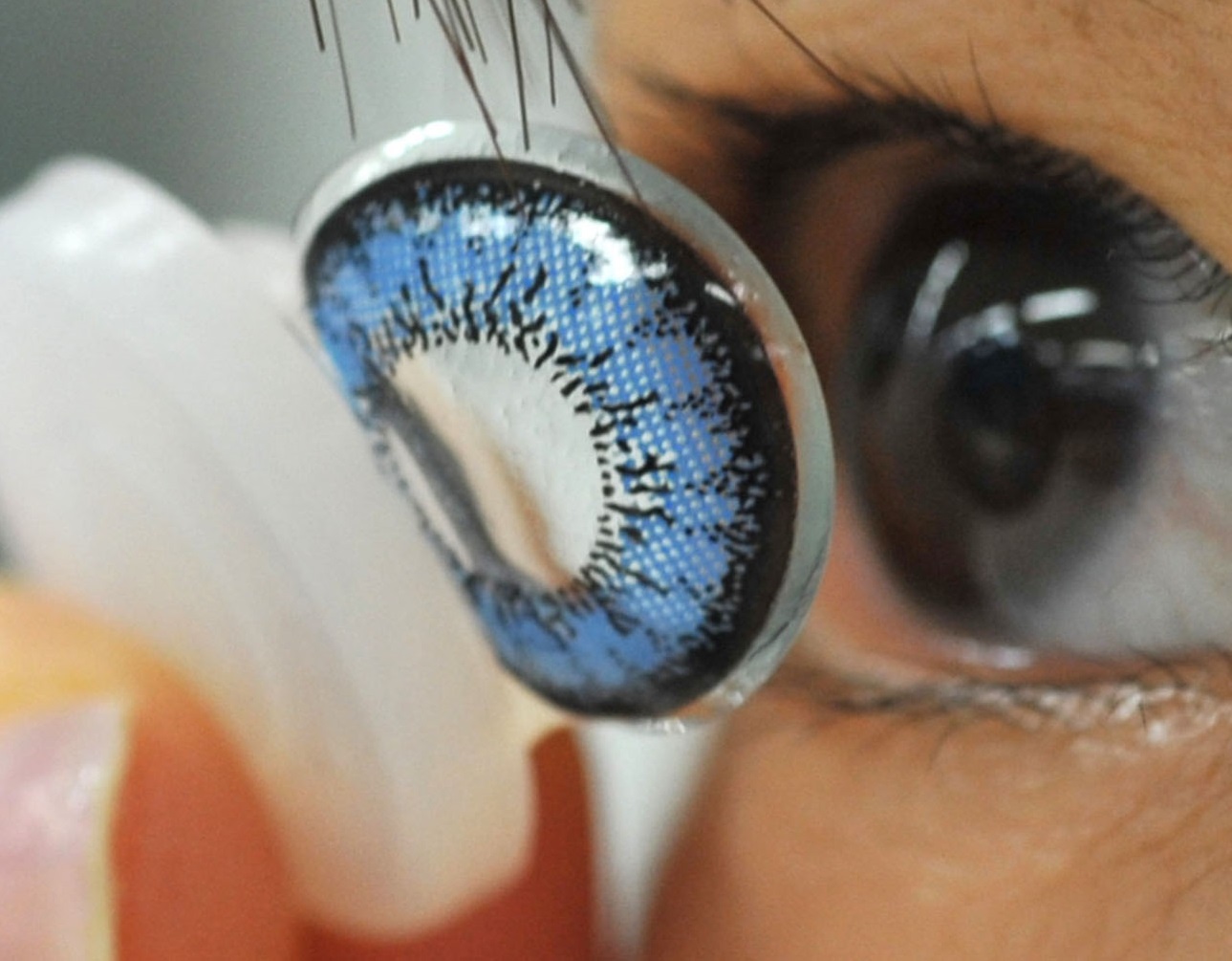Contact lenses are very safe. While putting on your contacts may feel a little uncomfortable as your eyes adjust, they should not hurt you. However, if your contact lenses are hurting you, there could be an underlying reason for the pain. In this article, we’ll be looking at some of the reasons why your contact lenses are hurting, and how you can prevent it from happening.
Here are some of the reasons you may experience discomfort while wearing your contact lenses:
Estimated reading time: 7 minutes
Why Do Contact Lenses Hurt?
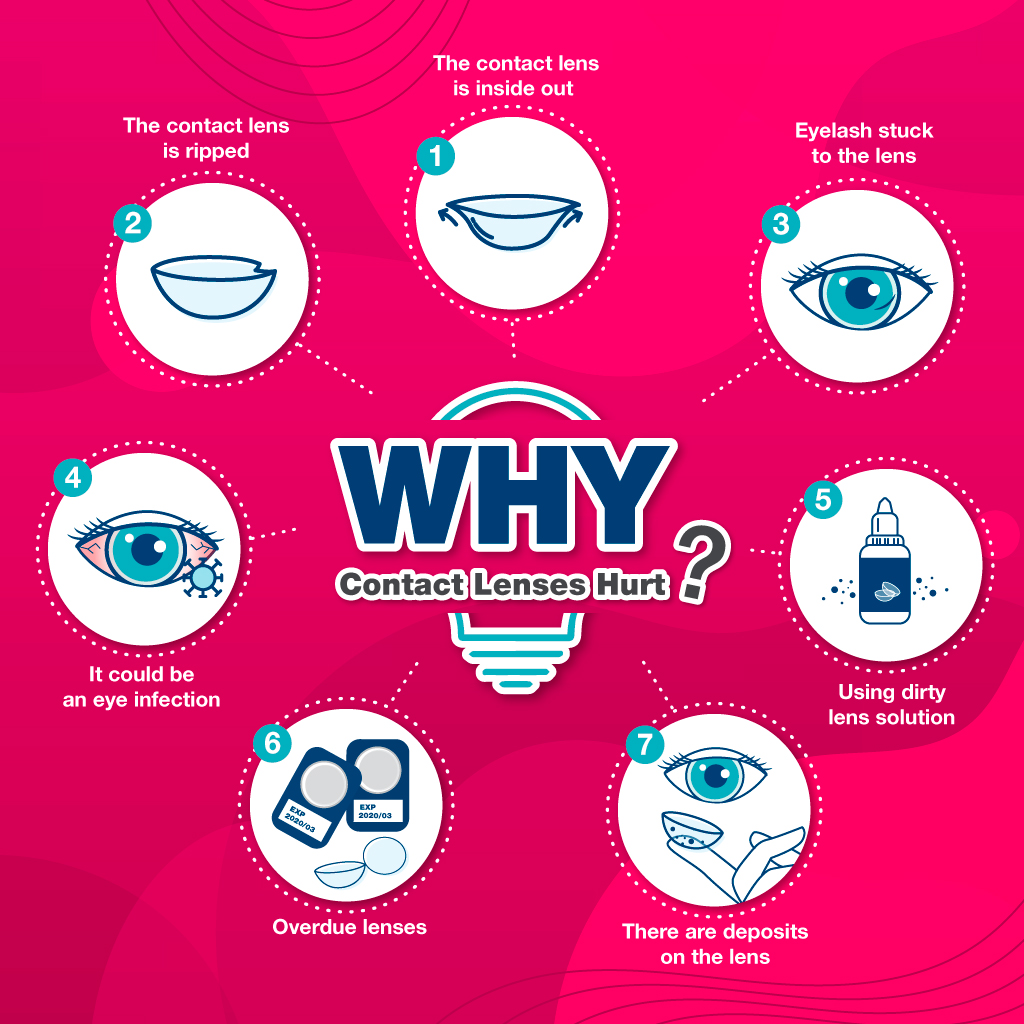
1. The Contact Lens Is Inside Out
One of the most overlooked reasons is often one of the simplest solutions. While this seems like an unlikely thing to happen, it does happen more often than you’d think. A contact that is inside out can cause irritation and pain in your eyes.
In this case, the first thing you should do is take the contact out and wash it, and make sure it is the correct side before wearing it again.
2. The Contact Lens Is Ripped
This is another common reason for contact lenses hurting you. If you remove the lens, clean and reinsert it and it still hurts, your lens may have a small tear in it. You should immediately take the lens out because this can cause damage to your sensitive tissues in your eye. Discard the torn contact and replace it with a new one.
3. Eyelash Stuck To The Lens
Have you ever had an eyelash in your eye? It’s irritating and annoying in trying to get it out. However, the same can happen if you’re wearing contact lenses. An eyelash stuck under your lenses can cause an immense amount of pain.
Still, by simply removing the lens, you should immediately feel relief. Take care to wash and clean your lens thoroughly and make sure that the eyelash is gone before reinserting it back into your eye.
4. It Could Be An Eye Infection
Eyes are very sensitive and can get infected from a number of things. Whether it is from dirty hands rubbing them to the dust in the air, eye infections can occur on multiple parts of the eye, such as the eyelid, the inside of the eye, the cornea, or the very back of the eyeball.
If you have any sort of eye infection, it’s very important to avoid wearing contact lenses until given the go-ahead by a doctor. This is because wearing contact lenses could worsen your eye infection. Immediately see a doctor if you suspect that you have an eye infection.
5. Using Dirty Lens Solution
This is another common reason for the discomfort caused. More often than not, it is due to reusing the lens cleaning solution, which negates the cleaning agent, and makes the contacts dirtier. Always use fresh and clean solutions to keep your contacts clean and comfortable.
6. Overdue Lenses
This is another common reason for uncomfortable contact lenses. Most people try to extend the life of their contact lenses beyond the recommended time. This is highly discouraged, as wearing lenses longer than instructed can cause the lenses to break down, potentially leading to infection that can seriously damage your eyes. Stick to the sell-by date!
Find out more about the expiration date vs the disposable date of your contact lenses here.
7. There Are Deposits On The Lens
Occasionally, your contact lenses can get a build-up of deposits on them. This usually happens when your contact lens is too dry, which causes a build-up that will lead to irritation. When the deposits start irritating the eye, contact lenses should be removed immediately to ensure that no permanent damage is inflicted upon the eye.
So, now that you know some of the reasons why your contact lenses are causing your discomfort, here are some simple remedies that may help you solve your problem.
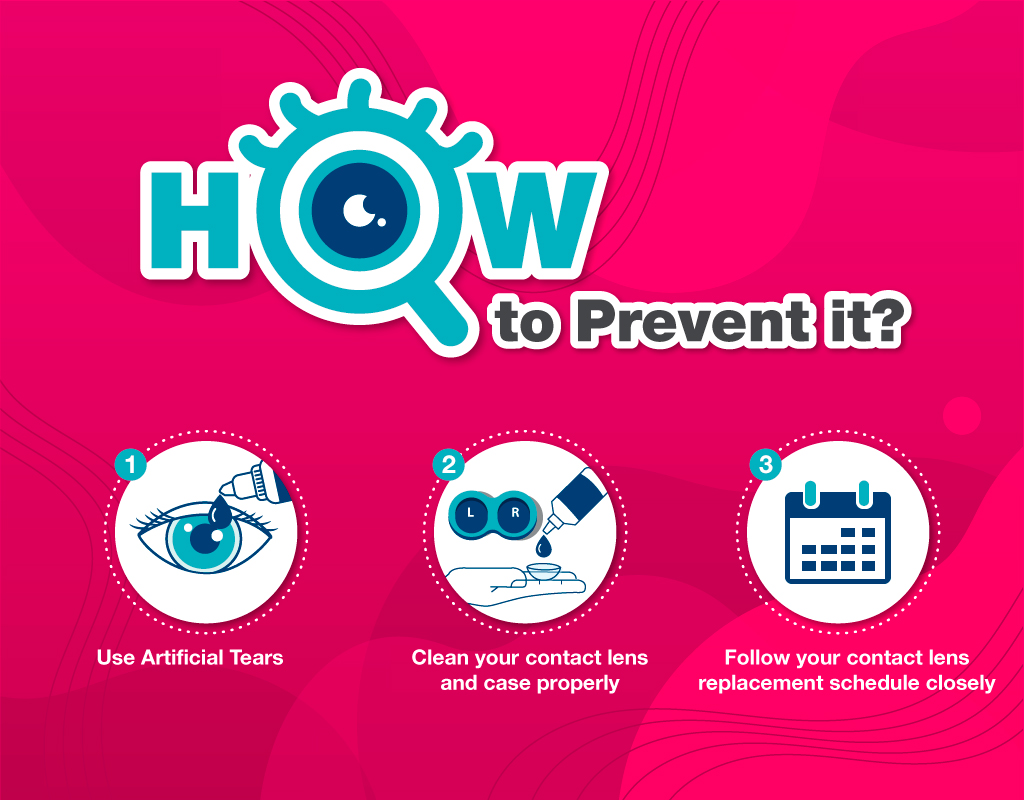
What To Do When Contact Lenses Hurt?
1. Use Artificial Tears
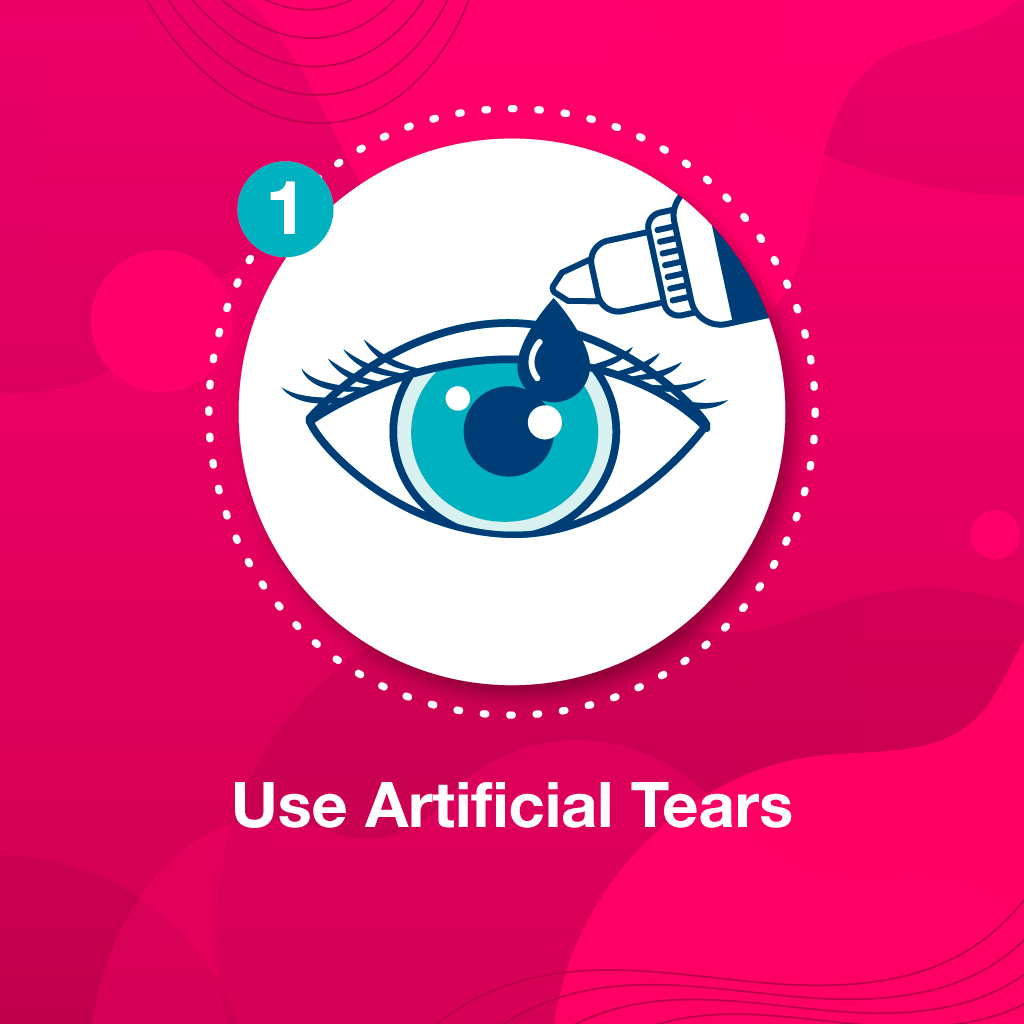
Artificial tears can relieve occasional dryness. This is especially helpful if you often experience cases of dry eyes. Always take note to follow your eye care professional’s recommendations, because some eye drops are incompatible with certain kinds of contact lenses.
For example, incompatible drops can discolor and ruin lenses. It is also good to note that not all drops are designed and approved for use with contact lenses.
2. Clean Your Contact Lenses & Case Properly
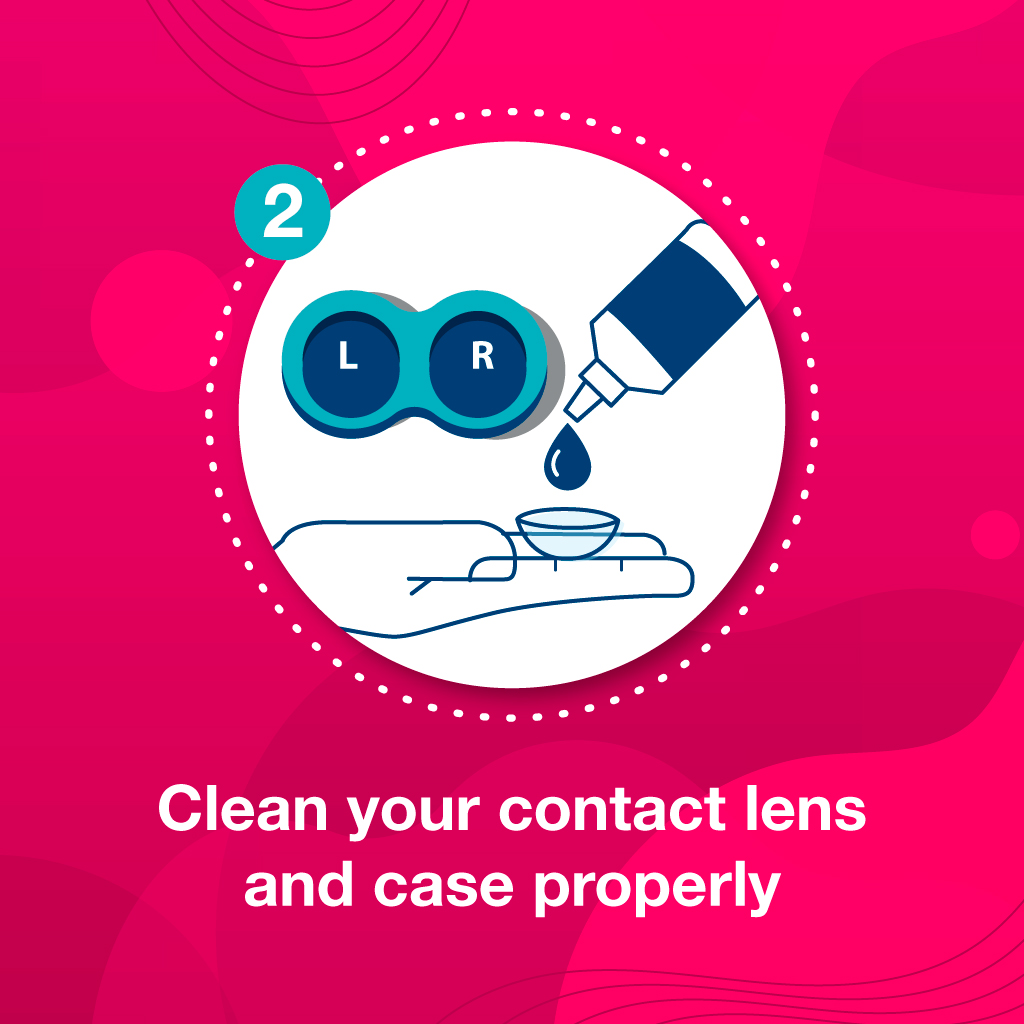
With contact lenses, there is a risk of bacteria and infections that increase the chances of eye damage. This is also true when it comes to older lenses that have deposits that accumulate on the front and back surfaces.
This is why it is important for you to significantly reduce the risk of contact lens-related eye infections by properly cleaning and disinfecting your contacts after each use. Use only the contact lens solutions that are recommended by your eye care professional. As a precaution, you should also use fresh multipurpose solutions each time you store your lenses.
Read More: Dos and Don’ts to ensure your eye health while wearing colored contact lens:
Another thing to take note of is that you need to rinse your lens storage case with fresh contact lens solution and let it air dry while you are wearing your contacts. This reduces the risk of the case getting contaminated with microorganisms that can damage your eyes. You also should discard and replace your storage case at least every three months.
3. Follow Your Contact Lens Replacement Schedule Closely

Even if you care for your lenses as directed, lens deposits continue to build up on your contacts over time. The longer you go before replacing your lenses, the greater potential these lens deposits have to reduce the oxygen supply to your corneas and damage your eyes. You should always avoid over-wearing your contact lenses past its due date and always discard and replace them as advised by your eye care professional.
Also, check out some tips from WebMD for wearing contact lenses at every age.
Conclusion
Contact lenses should not hurt when worn, and discomfort is an indication there is an underlying cause that should be addressed. In order for contact lenses to work the way they’re supposed to, it’s important to care for them properly and follow the instructions recommended by your eye care professional. If these rules are not followed, problems with vision, comfort and other safety issues can occur. It’s always better to be safe than sorry.
Read More:

